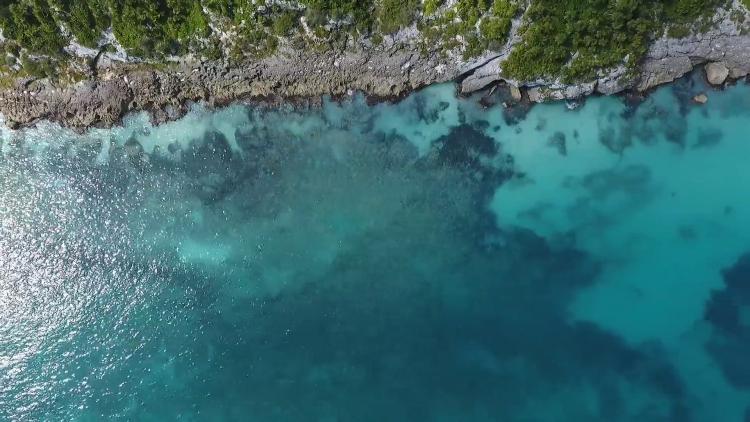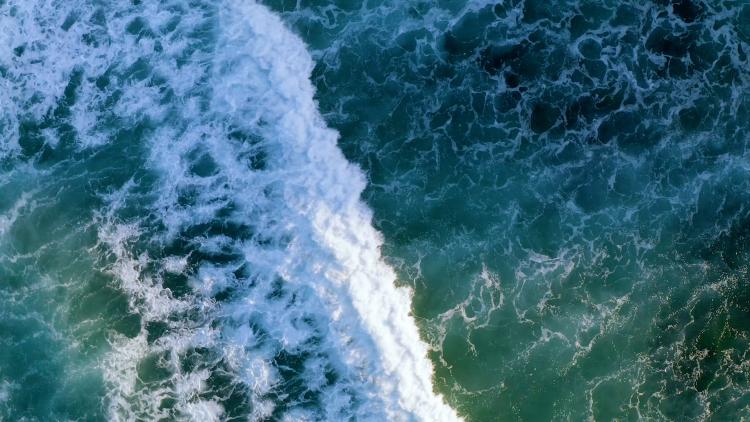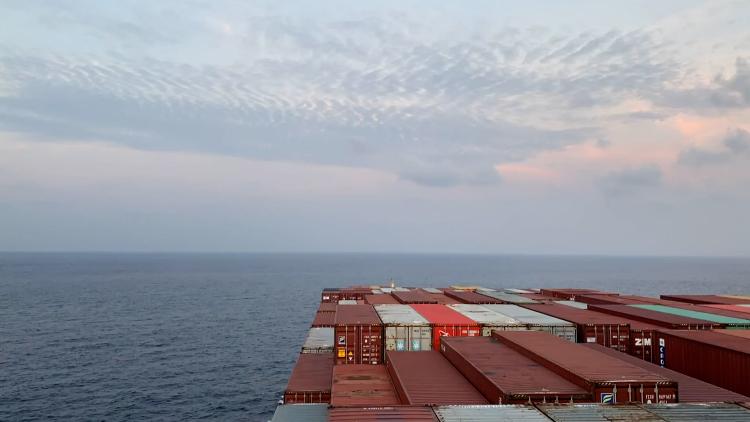Behind the data: rescuing rock lobsters from a red tide
Satellite data were used to monitor a devastating red tide event in South Africa, enabling local authorities to save marine life
The United Nations has designated the 2020s as the Decade of Ocean Science for Sustainable Development and issued ten challenges with the goal of achieving a clean, safe, and accessible ocean by 2030. To support this goal, EUMETSAT is developing case studies that address each of the United Nations’ challenges. This article is the fourth in a series in which one case study author gives us the story behind the data, illuminating how satellite data from EUMETSAT and the European Union’s Copernicus programme contribute to a better ocean.
Coastal systems and Earth observation expert Dr Marié Smith explains how satellite data made it possible to detect and monitor a harmful algal bloom that led to the death of hundreds of thousands of marine creatures in South Africa in early 2022.
Spotting the bloom
“Since satellites can’t directly count the individual phytoplankton cells that develop into harmful algal blooms, we use chlorophyll-a – a pigment that all photosynthetic plankton contain – as a proxy. The light that chlorophyll-a absorbs causes changes to the colour of the water as observed by the naked eye or by optical satellite sensors. The more phytoplankton there is in the water, the more chlorophyll-a the satellite will observe.
“This image shows the concentration of chlorophyll-a in the region off the coast of Elands Bay in early 2022.

Credit: Ben Loveday
“On the left – further west – the colour is bluer because there was a lower amount of chlorophyll-a and, therefore, lower amounts of phytoplankton in the water. The closer you move to the coast, the yellower the water in this satellite image becomes, which means there are higher amounts of chlorophyll-a and phytoplankton in the water. High concentrations offshore are not usually a problem, since the algae often have enough access to nutrients to be productive. It is when these blooms are transported into shallow waters near the coast that they tend to have more negative impacts.”
Monitoring trouble
“When a bloom event like this is happening, we try to incorporate different sources of environmental information, such as near-real-time satellite data and wind forecasts. We tend to focus on Elands Bay because that is an important area for the West Coast rock lobsters fishery, and has historically had lots of walkouts. It’s important to not just look at the chlorophyll-a signal, but the actual water-leaving radiance to identify specific types of phytoplankton. The satellite instrument, in this case, the Ocean and Land Colour Instrument (OLCI) on the Sentinel-3 satellites, detects the sunlight that reflects off the plankton and can be used to distinguish the type of phytoplankton present in the water.
Credit: Marié Smith, CSIR
“Usually these algal blooms develop over the course of a few weeks or months. During spring and early summer, when the winds are strongest and blow more regularly, the blooms move up and down the coast or even dissipate and reform. However, during late summer when the winds subside for longer periods, a bloom might remain in one place for too long, allowing the phytoplankton to multiply more rapidly. If the wind doesn’t blow enough to mix the water and carry new nutrients to the surface where the bloom is sitting, the phytoplankton may use up all nutrients in the water and eventually start decaying and decomposing. The bacteria that cause the decomposition use up all the oxygen in the water column and that causes the problems for effectively anything living under water that is relying on the oxygen there to breathe.
“When we look at these images, it's always a question of where the bloom is located, how long has it been sitting there, and then we look at the wind forecast. If a strong wind is going to blow tomorrow, the bloom could dissipate slightly and we might be okay - but if it's only going to blow in a few days’ time, there is an increased risk of a low oxygen event.
“The type of phytoplankton that we are worried about when it comes to low oxygen events are usually dinoflagellates, and that's the one I highlighted in green and red in the images. Together, the images in these animations show us that the 2022 bloom was a classic red tide event, which happens when a massive amount of dinoflagellates grow. These are a kind of phytoplankton that multiply very quickly and can accumulate the high level of biomass that causes red tides, and potentially, low oxygen events.”
Taking action
“We've got a WhatsApp group specifically for red tides on the western Cape coast, with particular interest in conditions around Elands Bay, which is normally where you'd find rock lobsters starting to walk out of the water in search of oxygen. So as soon as monitors start noticing indicators like kelp washing up, the area smelling bad, or the water turning brown, they start chatting on the WhatsApp group.
“Then I start posting the latest satellite images so they can get an idea of how big the bloom is, where it is, and we start commenting on the wind conditions and what we predict might happen – if we think it's going to be okay or there might be a problem.
“If it seems like there will be a problem, the Department of Forestry, Fisheries and the Environment would issue an alert and inform and prepare the municipalities, law enforcement, and community members to mobilise, so they are ready at short notice to go to the site of the rock lobster strandings.

Credit: Ffion Atkins
“Once a walkout event occurs, it is all systems go. The first 24 hours are critical in order to collect the stranded live rock lobsters and to transport and return them back into the ocean somewhere with normal water oxygen levels. The deceased animals also need to be disposed of safely to ensure that they are not consumed by the public or left to decompose on the beach.
“Harmful algal blooms are naturally occurring events in South Africa and there's no specific way to stop them. But we can use satellite data to see the location and persistence of these blooms. This enables us to prepare the authorities to collect rock lobsters and put them back into the water. So satellite data are useful to help mitigate natural disasters like these more effectively.”
Are you an expert wanting to know more? Check out the case study where you can find a link to the ocean case study repository, which contains Jupyter notebooks on ocean phenomena generated by the Copernicus Marine Training Services.
Author:
Sarah Puschmann


